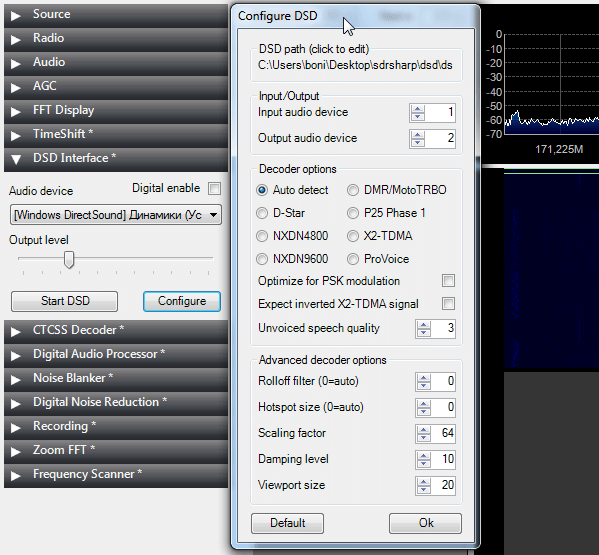Receiving Russian Long Range Navigation System with an RTL-SDR, Upconverter and Mini-Whip Antenna
Over on YouTube user Mile Kokotov has uploaded a video showing his reception of the ALPHA Russian Long Range Navigation System on Very Low Frequency (VLF) in Macedonia using an RTL-SDR, Ham-it-up upconverter and a Mini-Whip active antenna.
Mile also uses a band pass filter and notch filter to improve the dynamic range of the RTL-SDR. Additionally, in the video he shows a comparison between a large delta loop antenna and the mini-whip active antenna which shows better performance by the mini-whip.

